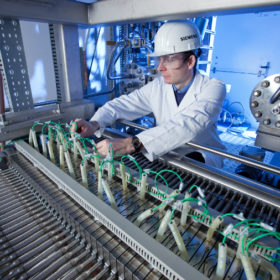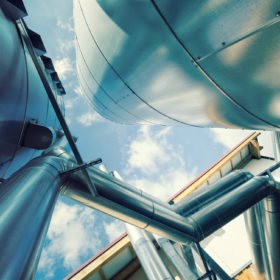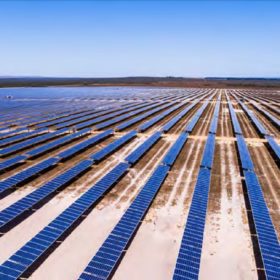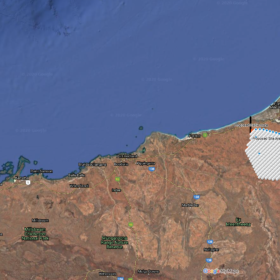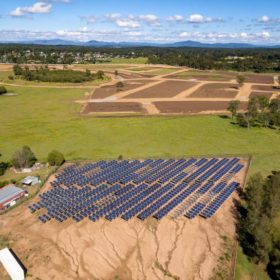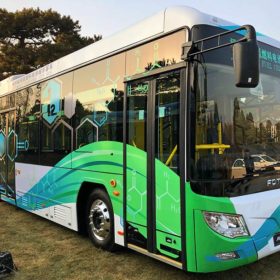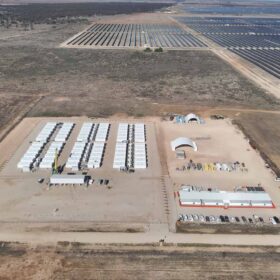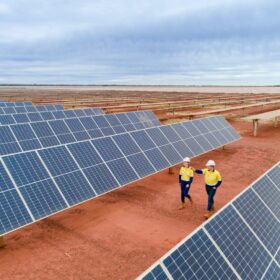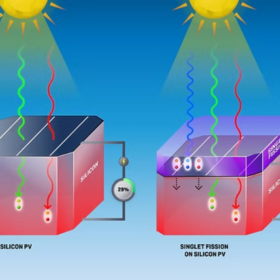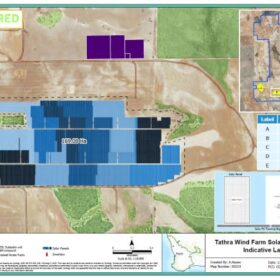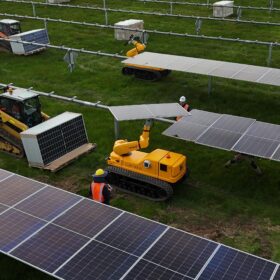Swinburne researchers’ novel catalyst to produce green hydrogen from seawater
Researchers from Swinburne University and China’s Shaanxi Normal University have managed to develop a novel catalyst for highly efficient production of green hydrogen from seawater via solar. This catalyst, which required researchers to invent a prototype device called a ‘Ocean-H2-Rig’, highlights the potential of this technology and that we are only just now starting to scratch the surface.
Australian-wide network of 13 clusters to spur hydrogen economy established
National Energy Resources Australia has actioned its instructions from the 2019 National Hydrogen Strategy by investing an initial $1.75 million in 13 regional clusters across all states and territories designed to establish Australia’s global identity in hydrogen technology and expertise.
Japanese giant backs QLD green hydrogen plant and Omani grey hydrogen competitor
The Sumitomo Corporation has simultaneously signed a contract with an EPC for a solar-powered green hydrogen production plant in Gladstone, Queensland, while also commencing a feasibility study for a grey-green hybrid hydrogen project in Oman. Considering the relative similarities in distance between the two countries and export markets in East Asia, the Japanese conglomerate looks to be setting the stage for competition in the hydrogen economy.
Improving PV-powered water electrolysis with external fields
Australian researchers have analysed different ways to improve the efficiency of PV-powered water electrolysis for hydrogen generation. They include the use of magnetic fields, light energy, ultrasonic fields, and pulsating electric fields. Energy costs remain prohibitive, but molecular movement and the redistribution of molecules in water during electrolysis could open a path to viability.
WA’s Mid-West green hydrogen potential flooded with global interest
Last year the Western Australian Government called for Expression of Interest into its potentially 1.5 GW solar and wind hydrogen hub at Oakajee Strategic Industrial Area on the state’s Mid-West. This week it has been revealed that 65 companies from around the world have submitted serious interest in making it happen.
Green ammonia breakthrough a potential boon for solar-powered exports
Chemical engineers at the University of New South Wales and the University of Sydney have made a significant technological breakthrough in the development of green ammonia. The breakthrough could not only alter the global ammonia industry, but more easily use solar to produce green ammonia for export to countries like Japan and Germany instead of straight hydrogen.
Focus on industrial processes key for Aussie mega solar, wind projects to become a reality
2020 was the year for mega-solar projects to strike record low prices – US$0.0135/kWh in Abu Dhabi for the unimaginably vast 2 GW Al Dhafra project. Not to be left behind, some Australian project developers are pursuing equally grand plans with cleantech guru Michael Liebreich saying that their likelihood for success will lie in what the proponents plan to do with the vast amount of clean, cheap energy.
International partnership to develop solar hydrogen plant at QLD college and golf academy
The Hills International College and Golf Academy in Jimboomba, Queensland (QLD), which boasts former World Number 1 Jason Day as an alumnus, is partnering with Sydney-based renewable energy outfit Energy Estate to develop the Jimboomba Renewable Hydrogen Plant.
Hydrogen buses are on their way to Australia
Governments around Australia are hustling to transition their bus fleets to cleaner fuels such as green electricity or hydrogen. Companies around the world are hustling to ready their hydrogen buses to meet the demand.
Australia’s green hydrogen certification scheme to be developed with German peak body
The Australian Smart Energy Council and the German Energy Agency, dena, will work together to develop a scheme to certify renewable hydrogen and carbon neutral powerfuels.

